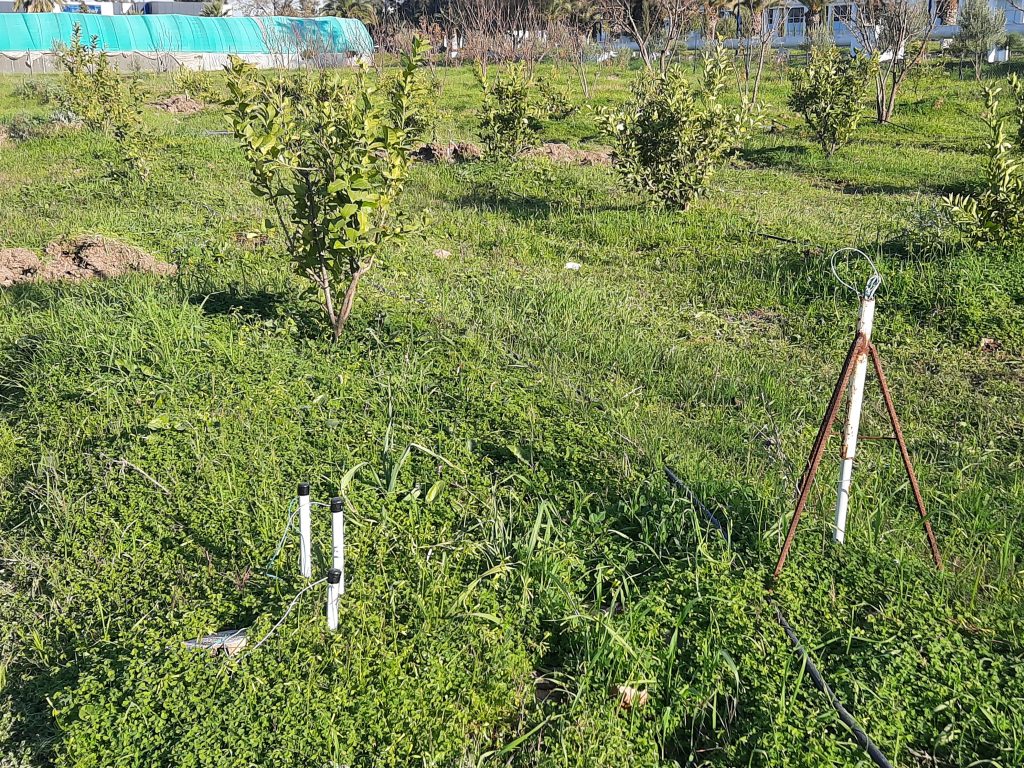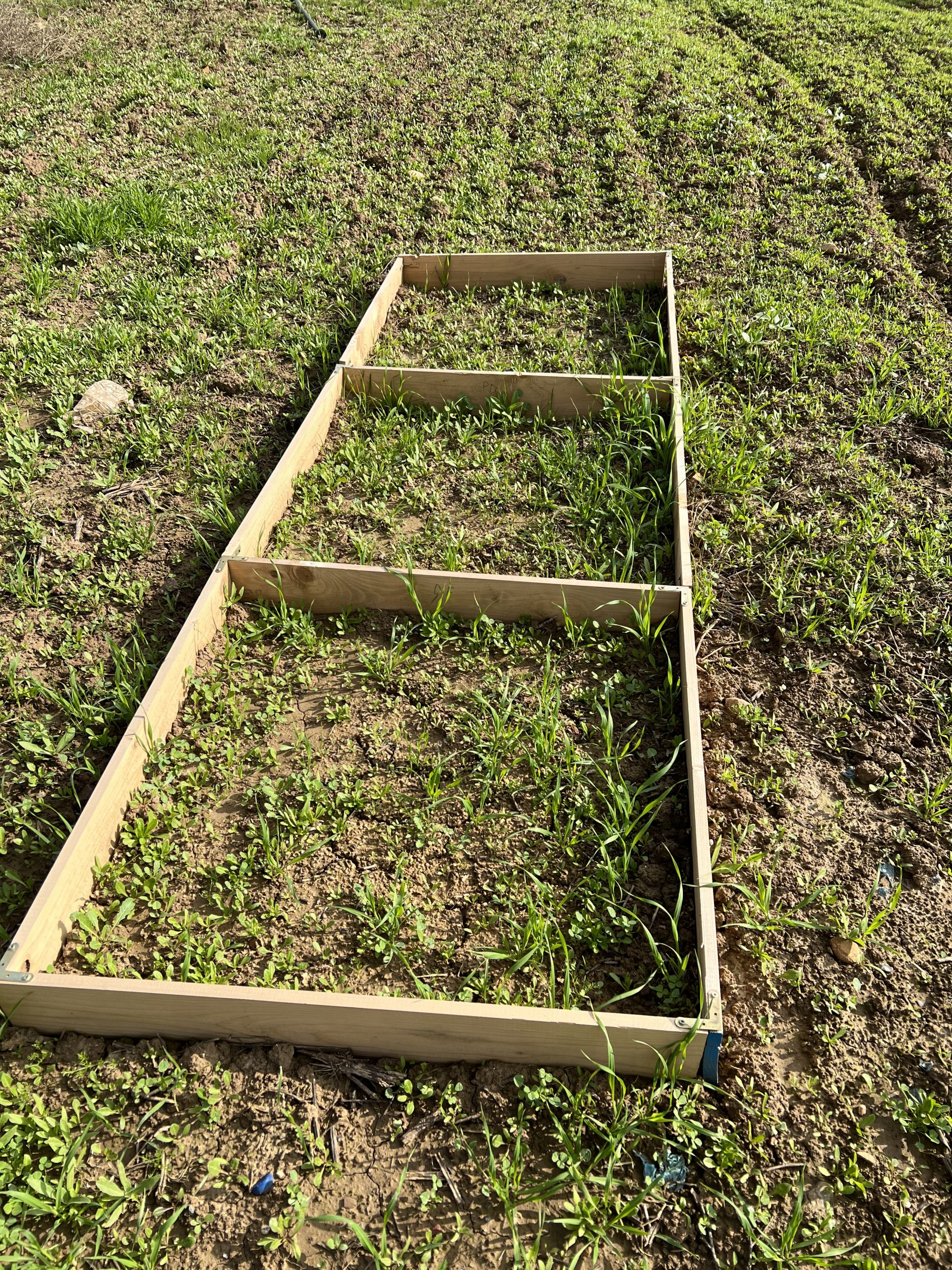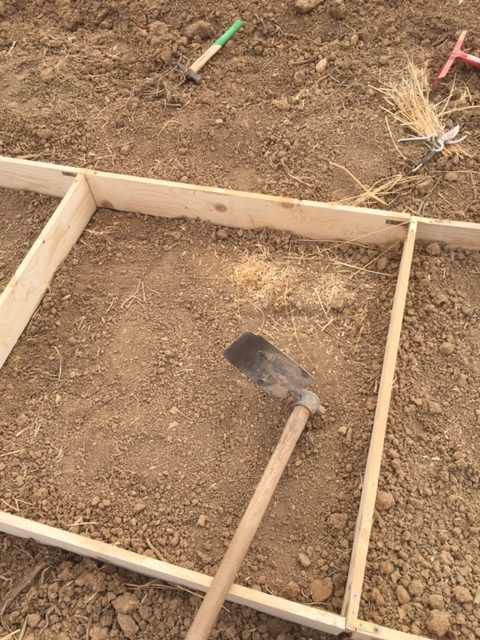Mitidja site (Algeria)
The Mitidja Plain is located south of the wilaya of Algiers (36°16′ north latitude, 2°14’east longitude) with an average elevation of 300 m over the sea level. It covers a total area of nearly 1,700 km2 (about 100 km distance from East to West and between 12 to 18 km from South to North) with an agricultural area ranging from 120,000 to 130,000 ha. It extends from the Wadi Nador to the West, which adjoins the mountains of the Dahra, to the east of OuedBoudouaou (also called OuedKhadra) and from the foothills of the Atlas Blidéen mountain range to the South, to the Sahel hills extended to the east by the Bouzaréah crystalline massif and to the North. The Mitidja plain descends gently from south to north, from the Atlas to the hills with a difference of elevation of only 50 metres between Ahmeur-el- Ain and the bottom of the lake halloula. The Mitidja plain is one of the most important areas ensuring food security for the Algiers region and large parts of the country. To ensure a quality yield, large volumes of water are used for irrigation. Surface irrigation remains the predominant irrigation technique despite the development of modern methods.

Outdoor cropping in the area accounts for about 20% of the total national agricultural production while greenhouse cropping exceeds 23%, especially in the western part of the Tipaza plain (mainly peppers, tomatoes, cucumbers, and eggplants). Other important crops are grapes, which represent almost half of Algeria’s production. Cereals are the most extended rainfedcrop in terms of acreage although theyields are low. Cereals are usually regarded as a rotational crop grown after other more profitable crops. Only about 10% of the farmers who do not have access to water resources (either from the aquifer or from the irrigation water distribution system) grow cereals as a strategic crop. The crop distribution in the area is shifting to increasingly water-demanding crops, thus affecting the water balance in the area. The irrigated perimeter in the west part of the Mitidja plain is mainly devoted to citrus crops, (especially the variety of orange Thomson), which is well adapted to extract water at low water potentials. Nearly 70% of the total cultivated area is irrigated, only cereals and vines are not irrigated. It is also common to grow simultaneously two crops to take advantage of the water stored in the soil. The usual crop distribution in this case is wheat/vegetable (2/3 of the total surface)-citrus (1/3).



